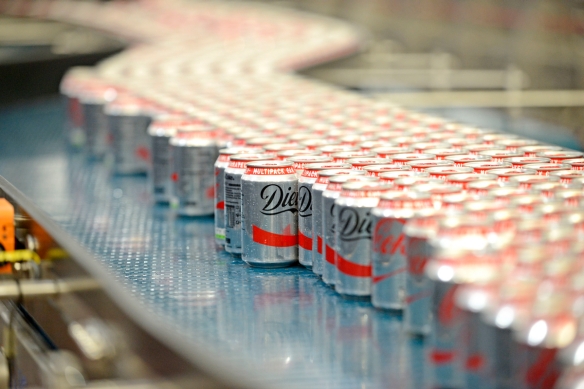Choose your five a day from this list for blooming health?

We seem to like round numbers – stay apart two metres, eat five a day, walk 10,000 steps and in setting business targets. This article queries the sense in that approach.
***
Social distancing: Why the 2m coronavirus rules are about human nature more than science
Studies have proved that people respond better to round numbers — regardless if science supports them
By Harry Wallop
Monday, 1st June 2020, 10:47 am
It has arguably been one of the great public health messages of recent times: stay two metres apart. But why two? Why not 1.5 metres as in Germany or Australia, or one metre as in Italy or France? As the Government comes under increasing pressure from the pub and restaurant industry to relax the social-distancing rule, it is intriguing to examine the thinking behind these public health targets and our love of a nice, round number.
Before Covid-19, the most famous public health message was probably to eat “five-a-day”. Introduced by the Department of Health as policy in 2003, the idea was that by eating five portions of fruit or vegetables a day, incidences of heart disease and cancer would fall dramatically.
Professor Tim Lang, food policy expert at City University, London, was instrumental in its introduction to the UK. “When the Department of Health came up with the target they were quite overt that they were borrowing it from the US,” he tells i. But he admits the slogan – easy to understand and communicate – failed to explain the nuance behind the message and it soon became a marketing tool for various fruit juice and smoothie manufacturers.
“Targets can be useful if they concentrate minds. They are not useful if they become an end in themselves. We saw it with the five-a-day, which was a compromise. We didn’t want to frighten the horses. So often they are social targets, masquerading as scientific targets.”
Complicated messages don’t work
Science says that a portion of green vegetables was more valuable – in terms of vitamins and fibre – than a glass of orange juice. But including that sort of nuance in the slogan would would have complicated the message.
The science is similarly complex when it comes to the notion of staying two metres apart. “The evidence, as far as you can get very firm evidence on this,” Sir Patrick Vallance, the chief scientific officer, has explained, “is essentially a minute at two metres contact is about the same as six seconds at one metre. That gives you an idea of why the two-metre rule becomes important.” Being inside and being face to face with a Covid-infected person is a far greater risk than facing away or being outside.
But the two-metre rule is easy to understand. Just as the message of five portions a day was. The fruit and veg message did not significantly change consumers’ behaviour, however. When it was launched, 24 per cent of adults in the UK consumed five-a-day. That increased to 28 per cent 15 years later. “The slogan embedded itself, but we’re still consuming a catastrophically low amount of fruit and vegetables,” Lang says. Although the evidence is unequivocal about the benefits of eating more vegetables, it is not definitive about the optimum number. In Australia the target is seven; it’s 10 in Canada and France.
Why 10,000 steps is a meaningless amount
The most obvious example of an arbitrary health target is “10,000 steps a day”. It is the default target on many activity watches or wrist bands. A review by I-Min Lee, a professor of epidemiology at Harvard University, discovered it was originally a 1965 marketing slogan for a Japanese pedometer company. “They gave it a name that, in Japanese, means ‘the 10,000-step meter’,” she explains. Elderly women only need to walk an additional 2,000 steps to see a noticeable increase in their health.
In an experiment undertaken by Washington State University, participants were given video games where you had to try to earn up to 100 points. After three games, participants felt a greater sense of satisfaction from reaching 50 points than they did when they ended at 51 points. Humans like round numbers.
Healthy or problematic?
“It is often very arbitrary how we pick these targets. But we have an irrational attachment to round numbers; they give us an anchor point to aim towards,” explains Bobby Seagull, the mathematician and TV presenter.
The question is whether this bias for round numbers is healthy or problematic when it comes to public health. “These irrational round number targets can be great if they give you something to aim for and it is memorable,” Seagull says.
“The danger is if the number isn’t correct – when it should be seven-a-day, 7,000 steps or, in the case of social distancing, one metre outside and maybe three metres inside. But the problem is that the more complicated the message, the more people forget it.”
https://inews.co.uk/news/social-distancing-rules-uk-2m-two-metre-coronavirus-science-human-nature-2870388





